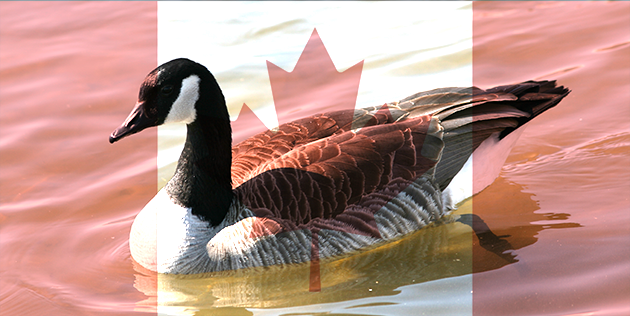
Was it Shakespeare who asserted that a bird by any other name would sing as sweet? Perhaps he didn’t write those exact words, but this enduring sentiment may be as close to bird naming conventions as the immortal Bard would willingly tread. Even an author possessed of such a prodigious vocabulary might be confused by the terminology and idiosyncrasies of bird names.
Confusion is exactly the problem when the topic of bird names arises… and it always arises, particularly when trying to reconcile for a new birder the disparity between what a certain species is called and what it actually is. If I had a dollar for every time I had to explain why Melanerpes carolinus is named Red-bellied Woodpecker, I’d be able to afford little brochures on the topic to pass out in the field.
Far too many bird names have confusing, misleading, or just plain dumb common names. Some, like the Oleaginous Hemispingus, suffer all three flaws. After all, oleaginous means oily or producing oil and hemispingus abuses Greek etymology to produce a word that ostensibly means half-finch. Yet, this bird is neither oily nor any bit a finch. Makes you long for the days of bush-tanagers; at least these birds could be found in bushes!
Over and over, we see how common names impede common understanding of birds. Conversations about name changes seem more frequent in recent years, but many of them focus on punctuation and other minutiae. Who is willing to tackle the bigger issues? Obviously, we at 10,000 Birds are happy to take up the cause.
Welcome to Bird Renaming Week at 10,000 Birds. Over the next seven days, our team will be tackling all of the thorniest issues in avian nomenclature, from garbled geography to political correctness. You might encounter some incorrectness as well, but only in the service of amateur field ornithology.
As you read our Bird Renaming Week posts–fervent and frivolous alike–consider some serious recommendations that should underscore any discussion of vernacular bird names.
1. Common bird names should be about the bird.
Too many birds are named for people or locations only loosely associated with a species. Geographic appellations definitely have their place; if you have Andean Teal on your life list, you almost certainly visited the Andes. The majority of people who have seen Canada Goose can’t say the same. Naming birds for people, on the other hand, inevitably obscures insight into the bird itself while also failing to illuminate any aspect of the scientist, explorer, or random oddball the species is named for. If you want to memorialize someone, build a statue.
2. Common bird names should be for common people.
Far too many bird names fixate on unusual, esoteric, or downright ephemeral aspects of the species. Case in point, calling Aythya collaris a Ring-necked Duck highlights perhaps the least obvious thing about it, whereas its kissing cousin A. fuligula is most definitely a Tufted Duck. We may also have to reconsider some of the more precious terminology trotted out to describe birds; while most of the Dryocopus woodpeckers are named for obvious physical or geographic markers, the magnificent specimens found in North and Central America require a foundation in Latin to fully understand.
Once we accept the premise that a common or colloquial name need not adhere to its corresponding binomial nomenclature but may instead serve as a handle by which a real person can better understand a real bird, we can recognize all the inapt avian appellations that cry out for remedy. Let the bird renaming begin!
…..
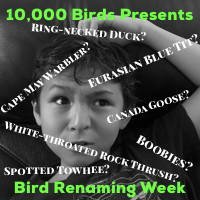 Most birds were named by now dead white men who didn’t appreciate that most of the species they were “discovering” had already been discovered and had names. Most of the birds so named were named by men with the dead remnants of a bird in their hand and often the men doing the naming had never seen the bird in life. Geographic, honorific, horrific, and overly specific names abound much to the detriment of those who would like names to actually fit the creatures being described. And we poor birders have to use those names because otherwise no one will know what bird we are checking off our list and bragging about having spotted to fellow birders, bored families, and unimpressed romantic interests. Well, no more! We here at 10,000 Birds have decided to right some wrongs and improve the birding world by renaming birds the way they should have been named from Linnaeus to the present. (Or, at least, pointing out some names that suck.) Welcome to Bird Renaming Week, our week-long exploration of the names we put to birds and how they can be improved!
Most birds were named by now dead white men who didn’t appreciate that most of the species they were “discovering” had already been discovered and had names. Most of the birds so named were named by men with the dead remnants of a bird in their hand and often the men doing the naming had never seen the bird in life. Geographic, honorific, horrific, and overly specific names abound much to the detriment of those who would like names to actually fit the creatures being described. And we poor birders have to use those names because otherwise no one will know what bird we are checking off our list and bragging about having spotted to fellow birders, bored families, and unimpressed romantic interests. Well, no more! We here at 10,000 Birds have decided to right some wrongs and improve the birding world by renaming birds the way they should have been named from Linnaeus to the present. (Or, at least, pointing out some names that suck.) Welcome to Bird Renaming Week, our week-long exploration of the names we put to birds and how they can be improved!
…..





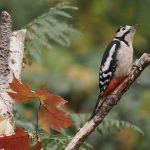
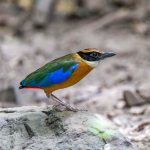
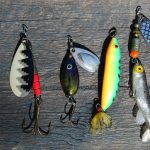

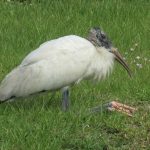
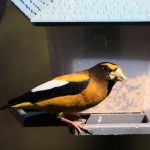
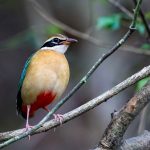
Looks to be a fun week. A nice paperback on this subject is ‘The Dictionary of American Bird Names” by Ernest A. Choate (Harvard Common Press. 1973). It’s divided into common and scientific names of North American birds, with a Biographical Appendix. One common bird name that seems common, though I would have never guessed, is Bufflehead: “For the shape of the duck’s head suggesting that of a buffalo…” (p.8)